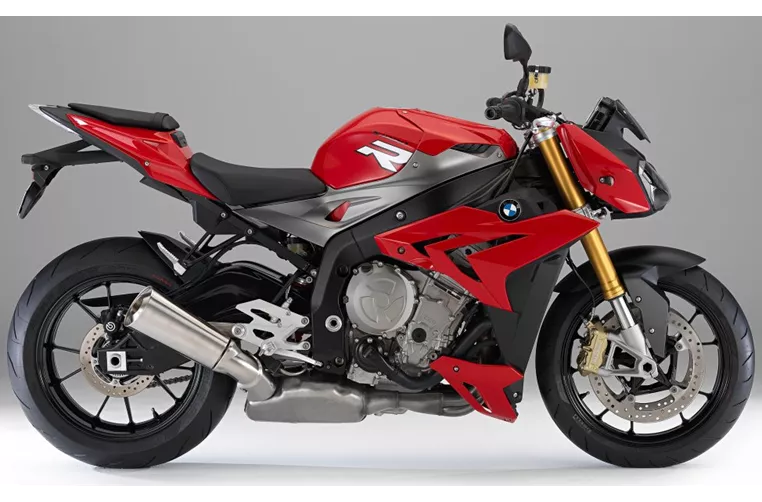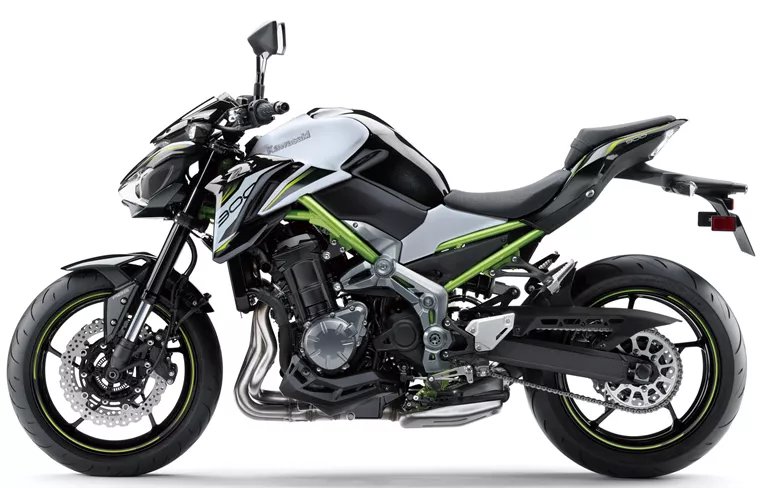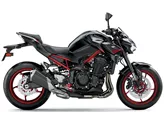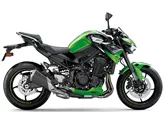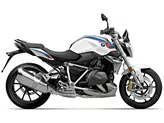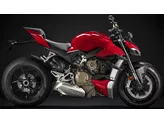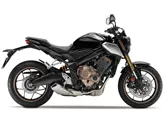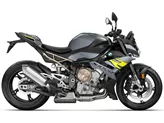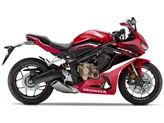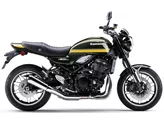BMW S 1000 R 2016 vs. Kawasaki Z900 2019
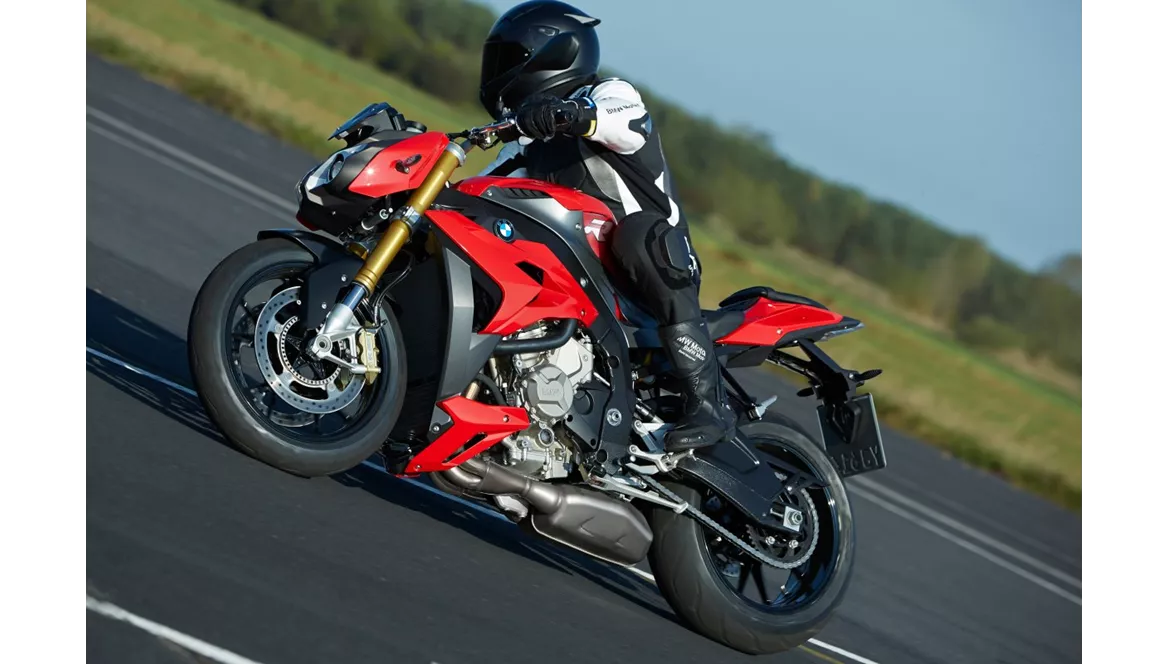
BMW S 1000 R 2016

Kawasaki Z900 2019
Vue d’ensemble - BMW S 1000 R 2016 vs Kawasaki Z900 2019
The BMW S 1000 R 2016 and the Kawasaki Z900 2019 are both naked bikes that offer powerful performance and a comfortable riding experience. However, there are several key differences between the two models.
In terms of engine specifications, the BMW S 1000 R 2016 is equipped with a 999cc in-line four-cylinder engine that produces 160 horsepower and 112 Nm of torque. On the other hand, the Kawasaki Z900 2019 features a slightly smaller 948cc in-line four-cylinder engine that delivers 125.4 horsepower and 98.6 Nm of torque. While both bikes have four cylinders and similar engine types, the BMW offers more power and torque.
When it comes to suspension, both bikes feature upside-down telescopic forks at the front and swing arm suspension at the rear. The BMW S 1000 R 2016 has a monoshock rear shock absorber, while the Kawasaki Z900 2019 also utilizes a monoshock setup. Both bikes provide a comfortable and stable ride, with the BMW offering the additional feature of dynamic suspension as part of its advanced rider assistance systems.

BMW S 1000 R 2016
In terms of chassis, the BMW S 1000 R 2016 has an aluminum frame with a twin tube design, while the Kawasaki Z900 2019 features a steel frame with a double cradle design. The choice of materials and frame design can affect the overall weight and handling characteristics of the bikes.
Both bikes are equipped with double disc brakes at the front, with four-piston calipers providing excellent stopping power. The BMW S 1000 R 2016 utilizes radial technology for its front brakes, while the Kawasaki Z900 2019 features petal technology. The choice of braking technology can influence the feel and performance of the brakes.
In terms of dimensions and weights, the BMW S 1000 R 2016 has a front tire width of 120 mm and a rear tire width of 190 mm, while the Kawasaki Z900 2019 has a slightly narrower rear tire width of 180 mm. The wheelbase of the BMW is 1439 mm, while the Kawasaki has a slightly longer wheelbase of 1450 mm. The seat height of the BMW is 814 mm, while the Kawasaki offers a slightly lower seat height of 795 mm. The kerb weight of the BMW is 207 kg with ABS, while the Kawasaki weighs slightly more at 210 kg with ABS.

Kawasaki Z900 2019
In terms of strengths, the BMW S 1000 R 2016 is praised for its powerful and well-controllable engine, powerful braking system, and comfortable seating position. On the other hand, the Kawasaki Z900 2019 is commended for its light and natural handling, high stability, silky engine with full pull from mid revs, high chassis transparency, and great feedback. The Z900 also offers a sitting position with a feel-good factor and a fair price.
However, the BMW S 1000 R 2016 does have some weaknesses, including expensive optional extras and a hard chassis. The Kawasaki Z900 2019 has its own weaknesses, such as a TFT display mounted too low, cumbersome menu operation, and rear view mirrors that offer modest visibility.
In conclusion, both the BMW S 1000 R 2016 and the Kawasaki Z900 2019 are powerful naked bikes that offer a thrilling riding experience. The BMW excels in terms of engine power and braking performance, while the Kawasaki offers a lighter and more agile handling experience. Both bikes have their own strengths and weaknesses, and the choice between the two ultimately depends on the rider's preferences and priorities.
Caractéristiques techniques BMW S 1000 R 2016 par rapport à Kawasaki Z900 2019
Avantages et inconvénients en comparaison
Avantages et inconvénients en comparaison
BMW S 1000 R 2016
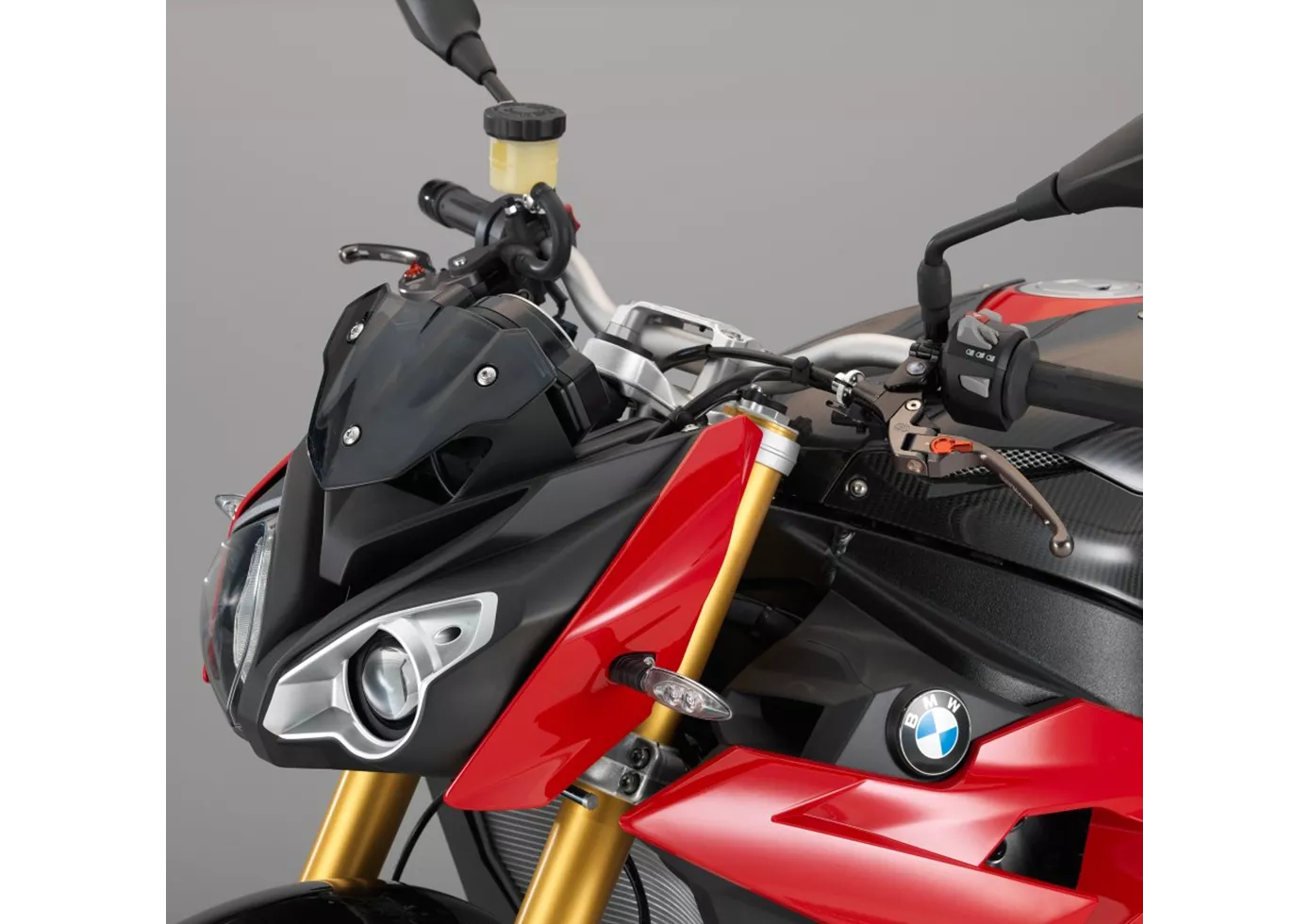
Sur la BMW S 1000 R, on remarque à la fois la parenté étroite avec la Superbike S 1000 RR et la volonté de doter la machine d'un niveau de confort élevé pour la route et le quotidien. Le moteur quatre cylindres de 1000 cm3 se met donc au travail de manière brutale, tout en restant bien contrôlable, et la position de conduite est par conséquent confortable et sportive. Le fait que la S 1000 R soit l'une des power naked bikes les plus abordables est surprenant et réjouissant, mais il ne faut pas pour autant mettre la main sur la liste des équipements spéciaux - car grâce aux nombreuses caractéristiques irrésistibles, elle sera certainement plus chère.
Kawasaki Z900 2019
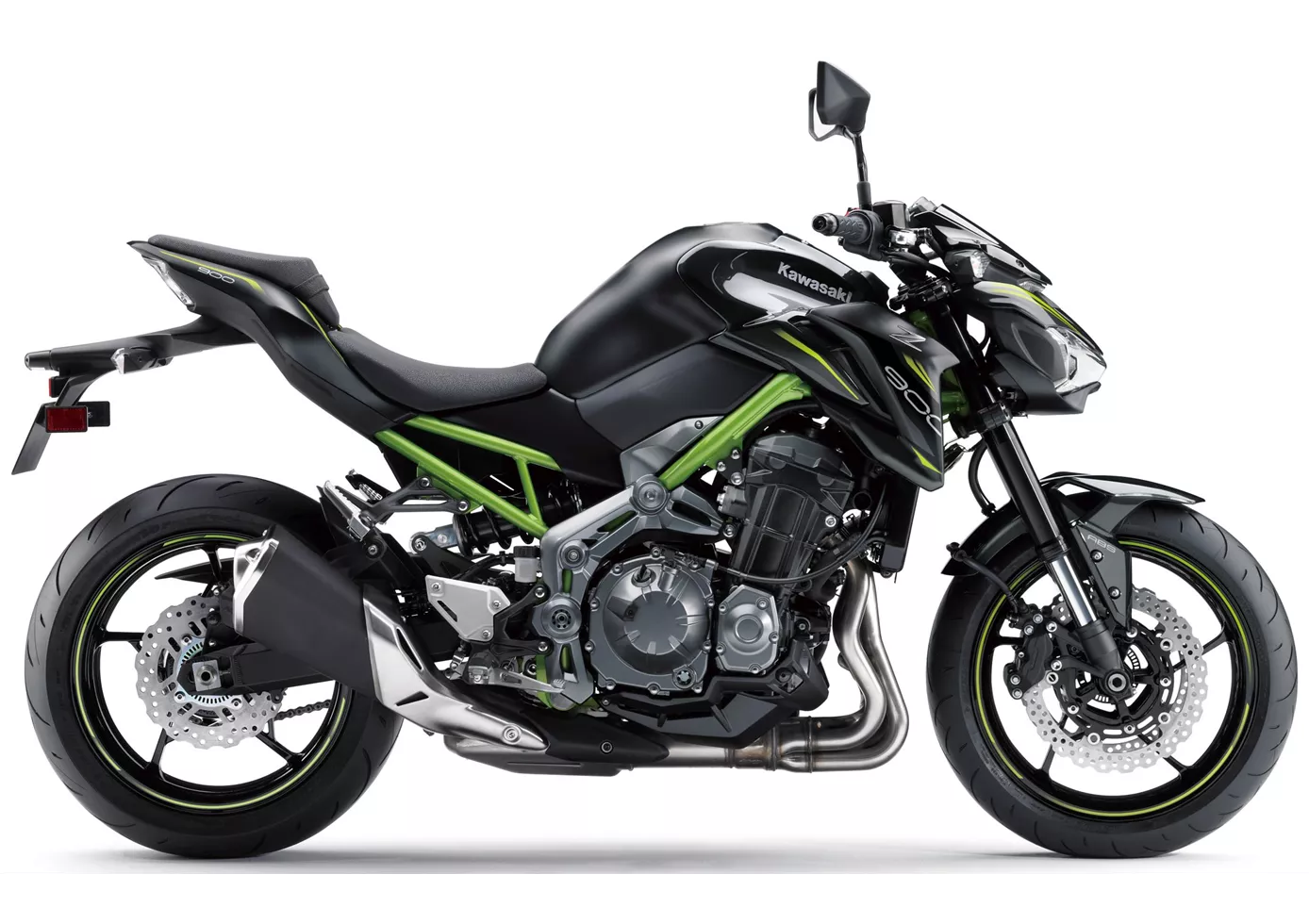
La nouvelle Kawasaki Z900 n'a heureusement rien perdu de son essence avec l'utilisation de l'électronique. Elle est et reste une nakedbike de classe moyenne ludique à utiliser, qui maîtrise en même temps de manière grandiose les allures rapides sur les routes de campagne. Le plaisir de conduire et l'aptitude à l'usage quotidien sont élevés, les aides à la conduite désormais intégrées offrent un plus en matière de sécurité. Vos adversaires auront désormais la vie dure.
Comparaison des prix Prix moyen du marché BMW S 1000 R vs Kawasaki Z900
There are a few key differences between a BMW S 1000 R 2016 and a Kawasaki Z900 2019. In terms of price, the actual average price of a BMW S 1000 R 2016 is about 21% higher. A BMW S 1000 R 2016 experiences a loss of 380 USD in one year of ownership. This is offset by a loss of 230 USD for a Kawasaki Z900 2019. Compared to Kawasaki Z900 2019 there are less BMW S 1000 R 2016 bikes available on the 1000PS.de Marketplace, specifically 10 compared to 40. It takes less time to sell a BMW S 1000 R with 69 days compared to 116 days for a Kawasaki Z900. Since model year 2014 1000PS.de editors have written 62 reviews for the BMW S 1000 R and 46 reviews for the Kawasaki Z900 since model year 2017. The first review for the BMW S 1000 R was published on 11/3/2013 and now has more than 17,300 views. This compares to more than 93,200 views for the first review on Kawasaki Z900 published on 11/11/2016.
